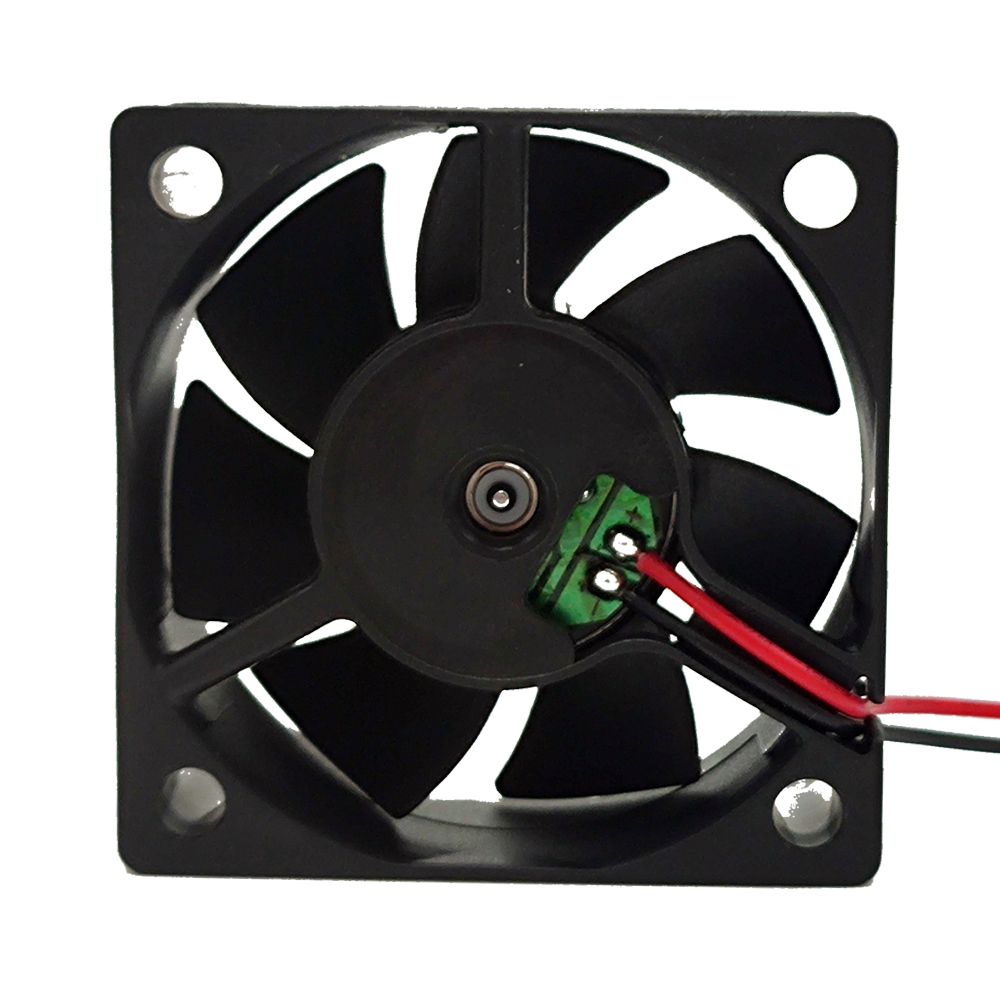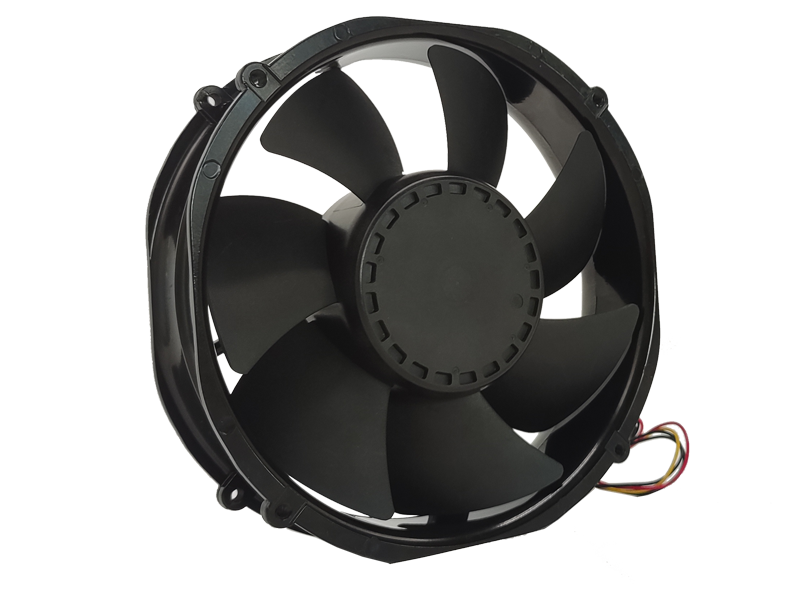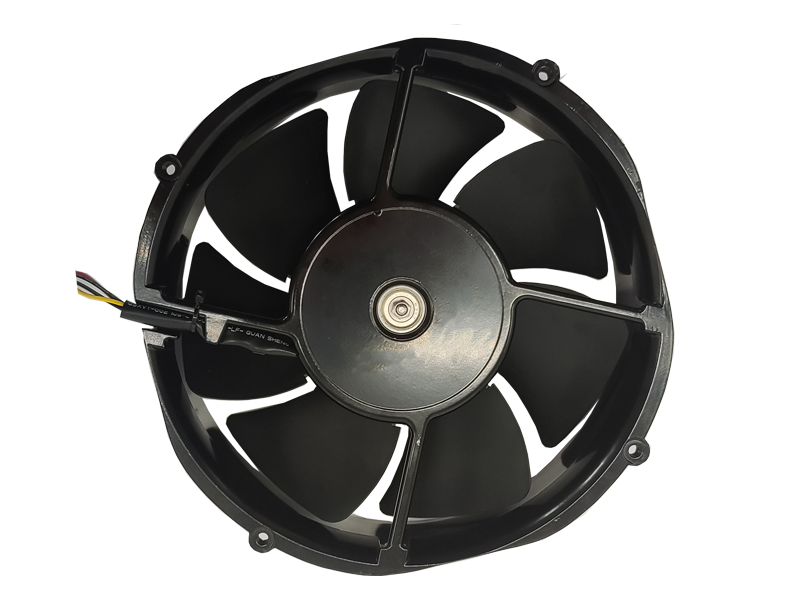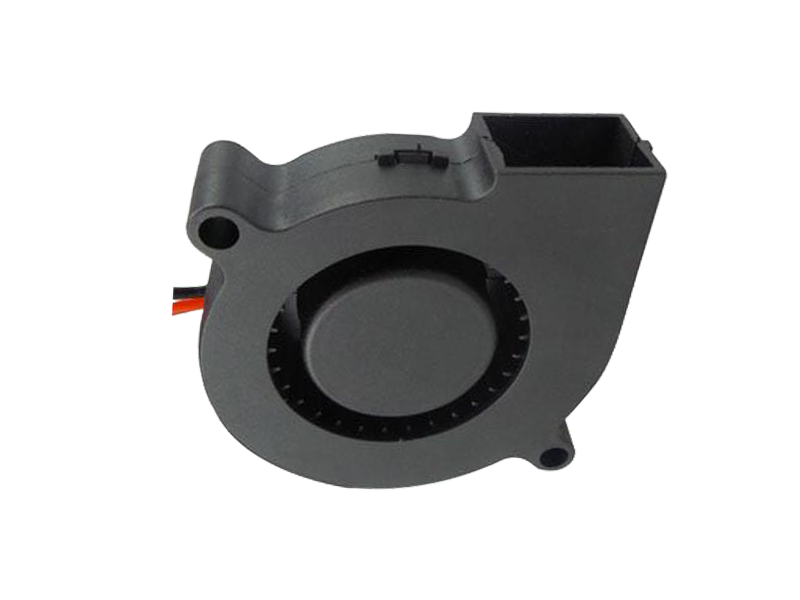Industrial fans are vital components in various industries, playing a crucial role in maintaining optimal air circulation and temperature regulation in work environments. These fans are designed to move large volumes of air, ensuring that production processes, equipment, and workers remain in optimal conditions. The efficiency of industrial fans has a direct impact on operational performance, energy consumption, and worker safety. From manufacturing plants to warehouses, industrial fans help improve air quality, prevent overheating, and create an overall healthier work environment.
In this article, we will explore industrial fans from a product development perspective, highlighting their role in modern industrial settings, the factors influencing fan selection, and how these products are evolving to meet the demands of contemporary industries.
1. The Role of Industrial Fans in the Modern Manufacturing Environment
Industrial fans serve several critical functions in manufacturing environments. The primary role of an industrial fan is to move air across large spaces, creating ventilation systems that regulate temperature and remove harmful fumes or dust particles. In addition to this fundamental purpose, industrial fans also help reduce energy consumption, ensure safety, and maintain a healthy environment for workers.
1.1 Improving Airflow and Temperature Regulation
Many industrial processes, such as metalworking, chemical processing, and even food production, generate a significant amount of heat. This heat, when not properly managed, can lead to equipment failure, reduced productivity, and unsafe working conditions. Industrial fans are often used to improve airflow, ensuring that heated air is efficiently vented out of spaces and replaced with cooler air, thus helping to regulate temperature levels.
Furthermore, high-efficiency fans help distribute air evenly across large areas, ensuring that equipment and personnel are not subjected to uncomfortable or unsafe conditions. Maintaining temperature control in industrial settings not only improves worker comfort but also boosts the longevity and performance of machinery.
1.2 Enhancing Workplace Safety
Safety is paramount in industrial environments, and maintaining proper ventilation is key to preventing workplace accidents. In environments where harmful gases or airborne particles are produced, such as in chemical plants or mines, industrial fans ensure that these pollutants are rapidly moved away from the workspace, reducing the risk of respiratory issues for workers.
Additionally, industrial fans help mitigate fire risks by reducing the accumulation of flammable gases in certain industries. They also help control humidity levels in sensitive environments like data centers, where overheating can cause electronic components to malfunction.
1.3 Reducing Energy Costs
As industrial sectors strive to reduce their carbon footprints and operational costs, the efficiency of industrial fans has become a key consideration. Traditional fans can be energy-intensive, but advancements in fan design and technology have led to more energy-efficient models. High-efficiency fans are equipped with features such as variable speed drives (VSDs), which adjust the fan speed based on the actual airflow required, minimizing energy usage during periods of low demand.
Moreover, industrial fans that work in conjunction with automated climate control systems can significantly reduce energy costs by operating only when necessary, thus contributing to both environmental sustainability and cost savings for businesses.
2. Selecting the Right Industrial Fan for Your Business Needs
Choosing the right industrial fan for a specific application is crucial to maximizing the performance and efficiency of both the fan and the overall system. The selection process depends on several factors, including the size of the area, the type of air that needs to be moved, and the specific industrial requirements of the application.
2.1 Key Factors in Fan Selection
Airflow Requirements: The first consideration in fan selection is the amount of air that needs to be moved, which is usually measured in cubic feet per minute (CFM) or cubic meters per hour (CMH). Larger areas or spaces with heavy equipment may require fans with higher airflow capacities to ensure effective ventilation.
Fan Type: There are several types of industrial fans, each suited for specific tasks. Axial fans, for instance, are ideal for general ventilation, while centrifugal fans are better for situations requiring higher static pressure or where airflow needs to be directed over longer distances. The right fan type is essential for the fan to function optimally in the given setting.
Static Pressure: Static pressure is the resistance to airflow within the ductwork, and it directly affects the fan's performance. A fan with a high static pressure rating is necessary for applications that involve long duct runs or areas with restrictive airflow paths. For environments that require constant air movement despite various resistance factors, centrifugal fans are often the best choice.
Durability and Material Selection: Industrial fans are subjected to harsh conditions, including high temperatures, humidity, corrosive substances, and airborne particulates. Fans made from corrosion-resistant materials like stainless steel or high-quality plastic are ideal for these environments. Durability is key to ensuring the longevity and reliability of the fan.
Noise Levels: Noise pollution is a concern in many industrial settings. While it may not always be a primary consideration, reducing noise levels through proper fan selection and installation can contribute significantly to worker comfort and health. Many modern industrial fans are designed with noise-reduction features, such as quieter motors and blades that minimize vibration.
2.2 Customization and Integration
Some industries may require highly specialized fans to meet unique airflow or environmental conditions. In these cases, customization of industrial fans is often necessary. Custom fans can be designed to meet specific requirements such as high-temperature tolerance, explosion-proof capabilities, or the ability to handle highly viscous materials.
Moreover, integrating industrial fans with automated systems or building management systems (BMS) is increasingly common. Automated fan systems can adjust airflow based on real-time conditions, reducing the need for manual intervention and further enhancing energy efficiency.
3. Innovations in Industrial Fan Technology
As industries evolve, so too do the technologies that support them. Industrial fans have seen significant advancements in recent years, driven by the demand for higher efficiency, smarter operation, and greater sustainability. These innovations are transforming how businesses approach ventilation and climate control.
3.1 Smart Fans with IoT Capabilities
The integration of the Internet of Things (IoT) technology into industrial fans has opened new possibilities for real-time monitoring and predictive maintenance. Smart fans are now equipped with sensors that provide continuous data on airflow, temperature, and even potential issues like motor wear or abnormal vibrations. This data can be transmitted to central monitoring systems, enabling businesses to track fan performance remotely.
By collecting and analyzing data from multiple fans across different facilities, businesses can detect issues before they become critical, schedule maintenance activities based on actual usage patterns, and ultimately reduce downtime.
3.2 Variable Speed Fans

Variable speed fans are one of the most significant innovations in industrial fan technology. Unlike traditional fans that operate at a constant speed, variable speed fans adjust their speed based on the actual demand for airflow. This leads to significant energy savings, as the fan only operates at full speed when required. These fans are ideal for applications where airflow needs fluctuate depending on factors like temperature, occupancy, or production intensity.
Additionally, variable speed fans reduce wear and tear on the motor, extending the lifespan of the fan and contributing to long-term cost savings.
3.3 Green Technology and Sustainable Fan Solutions
Sustainability has become a top priority in the industrial sector, and fans are no exception. The development of energy-efficient fan models and the use of environmentally friendly materials are helping industries reduce their carbon footprint. Many industrial fans now feature optimized blade designs, which enhance airflow while reducing energy consumption. Additionally, innovations in fan motors, including the use of permanent magnet motors (PMMs), have improved overall efficiency.
Companies are also looking at renewable energy options, such as wind and solar power, to operate their ventilation systems. These initiatives not only help companies reduce operational costs but also align with corporate sustainability goals.
4. Conclusion: The Future of Industrial Fans
Industrial fans are indispensable in creating safe, comfortable, and efficient work environments. As industries continue to grow and evolve, so too must the technologies that support them. By selecting the right fans for specific applications and integrating smart, energy-efficient solutions, businesses can improve their operations while reducing environmental impact.
The future of industrial fans is bright, with advancements in automation, energy efficiency, and sustainability leading the way. As product designers and engineers continue to innovate, the role of industrial fans in enhancing productivity, safety, and energy efficiency will only become more pronounced, helping industries meet the demands of the modern world.
Recommended Products

The main purpose:Car charging station

The main purpose:Car charging station

The main purpose:Electronic refrigerators, water dispensers, direct drinking machines, inverter power supplies
Address:No. 4137, Longgang Avenue (Henggang Section), Henggang Community, Henggang Street, Longgang District, Shenzhen
hotline:13530005572(Chen)15112579390(Li)


Welcome all friends to come for consultation and negotiation.
Copyright 2024 @ Shenzhen Youneng Xinyuan Electronics Co., Ltd.,(industrial fans,industrial blowers,axial fans,cooling fans manufacturer,centrifugal fans,ac cooling fans,dc cooling fans)